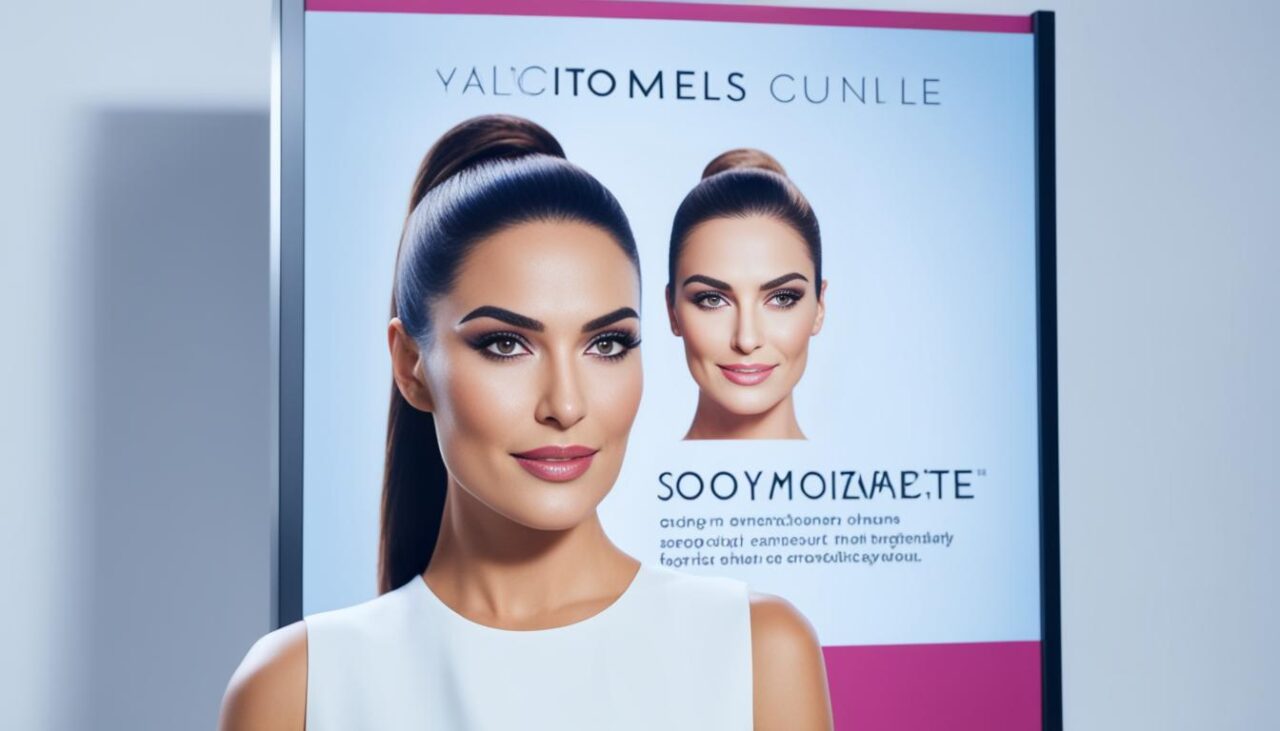The media plays a powerful role in shaping societal values and perceptions. One area where its influence is particularly evident is in the representation of beauty. Media platforms, such as magazines, advertisements, and social media, have traditionally perpetuated narrow and unrealistic beauty standards, often centred around a specific idealized image. However, there has been a growing recognition of the need for diversity in media representations of beauty.
This section will delve into the impact and evolution of media representation of beauty, focusing on the importance of diversity and the challenges faced in achieving more inclusive portrayals. By critically analyzing the current state of media representation, we can better understand the importance of diverse portrayals of beauty and the barriers that exist within the industry.
As society becomes more diverse and inclusive, it is crucial that the media reflects this reality. By challenging traditional beauty norms, media representations can empower individuals who may not fit into conventional standards and encourage acceptance and celebration of all body types, skin tones, and backgrounds. Through increased representation, we can foster a more inclusive and representative society.
Join us in the following sections as we explore the influence of media portrayals on beauty standards and the steps being taken to promote diversity and inclusivity in media representation of beauty. Together, we can create a more inclusive and empowering media landscape.
The Influence of Media Portrayals on Beauty Standards.
Media has a profound impact on shaping our perceptions of beauty. Through various mediums such as television, movies, magazines, and social media, media portrayals often play a significant role in establishing societal beauty standards. These portrayals not only reflect prevailing beauty ideals but also contribute to the formation of visual stereotypes that can perpetuate narrow beauty standards.

In an era where visuals dominate our daily lives, it's crucial to recognize the influence that media portrayals have on our perceptions of beauty. The constant exposure to flawless, airbrushed images and unrealistic body standards can create an idealized and unattainable version of beauty. This can lead to negative self-perception, low self-esteem, and even mental health issues among individuals.
“The media often presents a narrow definition of beauty, reinforcing harmful stereotypes and promoting unrealistic expectations.”
Visual stereotypes perpetuated by the media, such as the “perfect” hourglass figure, flawless skin, and Eurocentric features, exclude and marginalize individuals who do not fit within these narrow beauty standards. This exclusion can have a profound impact on different communities, reinforcing societal biases and promoting a one-size-fits-all approach to beauty.
However, media portrayals also have the power to enact positive change and challenge traditional beauty norms. As we witness a growing movement towards inclusivity and representation, many individuals and organizations are striving to break free from these stereotypes and create more diverse and realistic beauty narratives.
Driving Social Change through Inclusive Representations
By embracing diversity and featuring a wide range of ethnicities, body shapes, sizes, ages, and abilities, media can help promote inclusivity and redefine societal beauty standards. Authentic representation in media can celebrate the uniqueness and individuality of all individuals, fostering a sense of acceptance and belonging.
When media platforms consciously showcase diverse beauty, it not only boosts self-confidence and body positivity but also provides role models for individuals who previously felt underrepresented or invisible. Seeing a diverse array of beauty representations helps challenge the notion that there is only one “ideal” standard of beauty, encouraging viewers to embrace their own uniqueness and celebrate the diversity around them.
Moreover, inclusive media portrayals can spark important conversations surrounding beauty standards and inspire social change. By challenging the status quo and amplifying diverse voices, media has the potential to reshape societal beauty perceptions and promote a culture that celebrates the beauty of all individuals.
In the next section, we will explore the steps being taken to promote diversity and inclusivity in media representation of beauty and highlight initiatives that are driving positive change in the industry.
Promoting Diversity in Media: Steps Towards Inclusivity.
Promoting diversity in media representation of beauty is a crucial step towards creating a more inclusive society. Recognizing the power that media holds in shaping beauty standards, various initiatives have emerged to challenge traditional norms and elevate underrepresented voices.
One of the key strategies in promoting diversity is showcasing a wider range of beauty. This involves featuring individuals from diverse racial, ethnic, and cultural backgrounds, as well as embracing different body types, abilities, and ages. By doing so, the media can reinforce the idea that beauty comes in many forms, helping to reshape societal perceptions and fostering inclusivity.
In addition to diverse representation, media organizations are implementing policies and guidelines that prioritize inclusivity. This includes ensuring that diverse perspectives are included in decision-making processes, providing training to staff members on unconscious biases, and establishing codes of conduct that prioritize respectful and inclusive portrayals.
Furthermore, collaborations between media outlets and organizations that champion diversity and inclusivity are becoming more prevalent. These partnerships aim to shine a spotlight on underrepresented communities and amplify their voices. By working together, they can challenge existing beauty standards and create a platform for a more diverse range of stories to be told.







